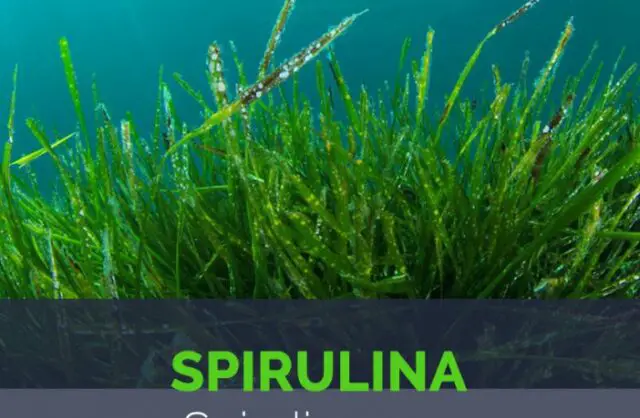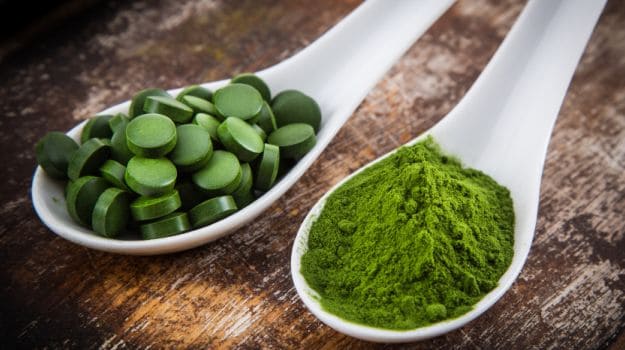
The universe is rich and supportive in giving us; everything that is around it, however, there are stills certain vitamins from 100% of Mother Nature that are not completely eaten. That is why through the following material we present all the details of a fairly complete supplement such as spirulina.
Spirulina is the final result of a vitamin, nutritional, and dietary supplement that is finally obtained from cyanophytic algae. In this particular case, the largest used is those of the Arthrospira genus, specifically of the two species Arthrospira platensis and Arthrospira maxima. As an additional fact, the algae from which spirulina is finally extracted are also known as blue algae.
Current use of this rich supplement.

For quite some time; Residents in the vicinity of Lake Chad have dedicated themselves to the extraction of this supplement (Spirulina) for local consumption. It was not until 2007 that this resource began to be exploited in a more organized way for its subsequent commercialization in the following years.
Likewise, from the last half of the 20th century, it began to be cultivated for industrial use. It is an ideal crop for arid areas where the salinity of the water prevents or hinders its agricultural use.
Day by day.
Its effect has been such that nowadays it is consumed as a nutritional supplement where it is also made in various forms and presentations. This supplement has come to stand out from the rest for its large amount of excellent quality proteins. This aspect makes it an alternative to soy protein in the manufacture of feed, both for livestock and pets. It is also used as a source of the pigments phycocyanin and xanthophyll.
Spirulina-based supplements often have great effects. They highlight that it has antiallergic, antioxidant, blood pressure, and cholesterol regulating effects, among others. Even complementing this theory there are some studies on these effects in humans. They are still being debated and analyzed.
Nutritional values.
Spirulina-based supplements contain, on average, 6 Proteins: about 57% by dry weight. Carbohydrates: between 8 and 14%, mainly in the form of polysaccharides.
Lipids: approximately 6%, variable, both in quantity and in composition depending on the growing conditions, mainly light and nitrogen. If the light is scarce, the lipid content will increase as an energy reserve.
We have known some characteristics, origin, properties, and benefits of spirulina; details and curiosities that perhaps you did not know So do not wait any longer when including it in your daily diet.

